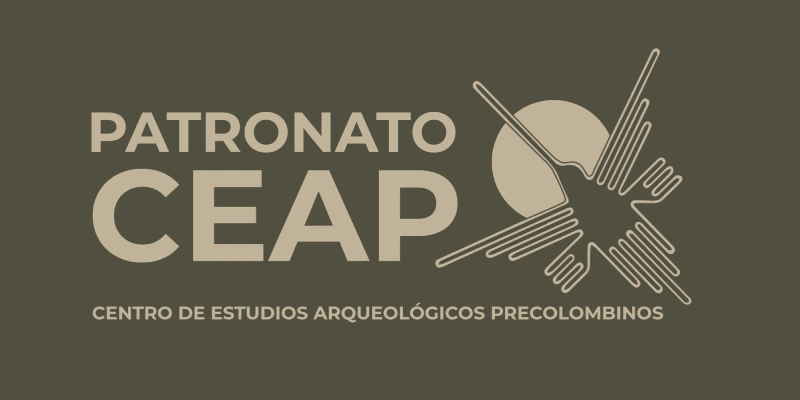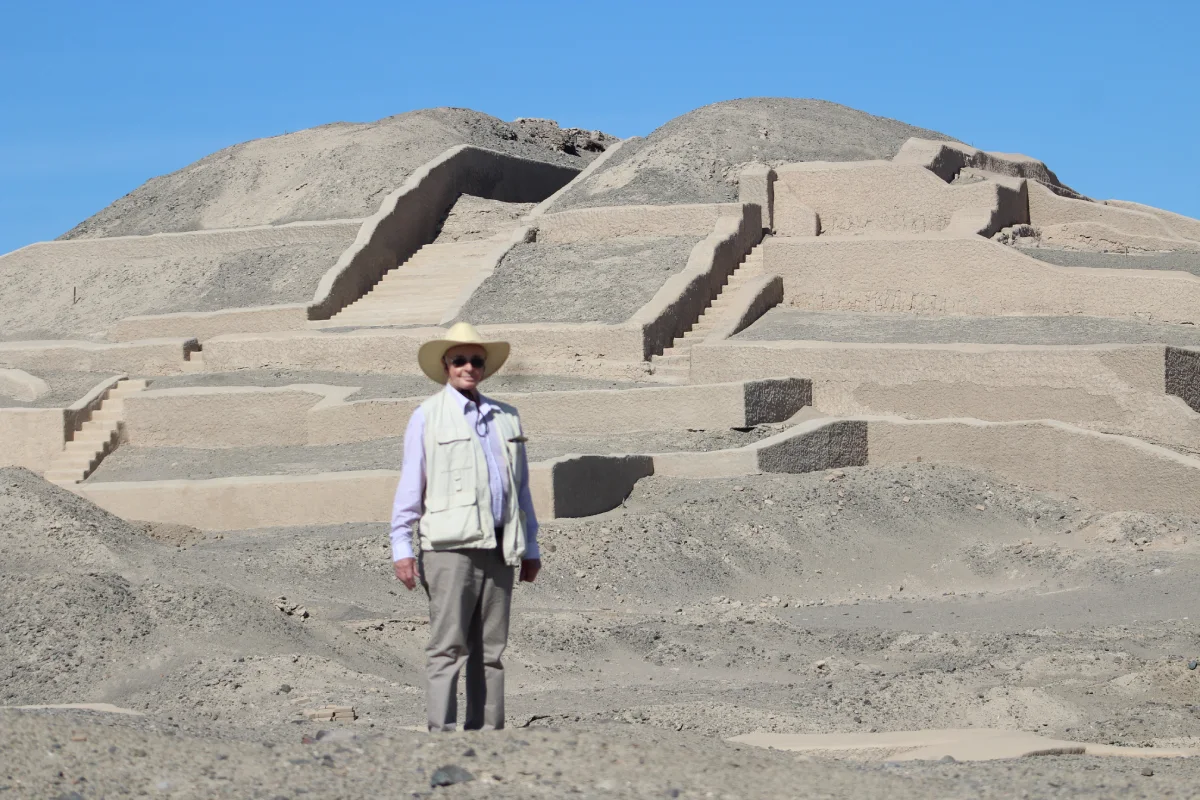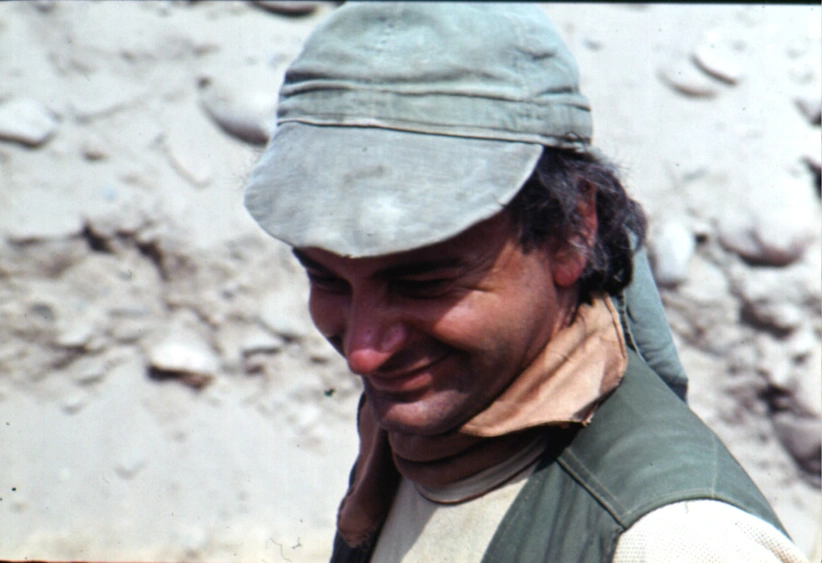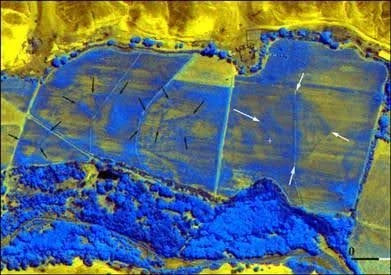On the arid plains of southern Peru, a vast network of lines and giant figures drawn across the desert has intrigued scientists, travelers, and curious minds for more than a century. The Nasca geoglyphs are not only a testament to the ingenuity and worldview of an ancient culture, but also a fragile heritage that requires constant care and protection.
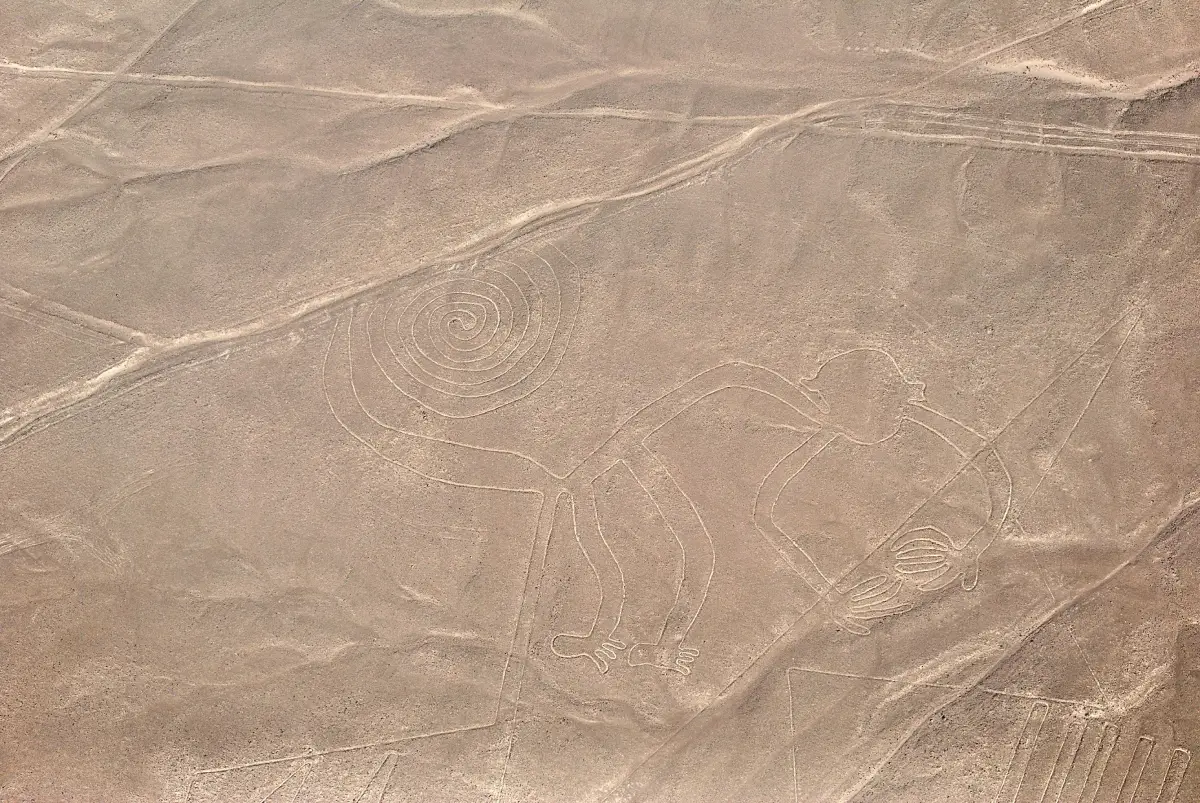
The Nasca geoglyphs cover approximately 500 square kilometers and were created between 200 B.C. and 600 A.D. by the Nasca culture. These impressive figures include artistic representations of animals such as birds, monkeys, spiders, fish, and lizards, as well as geometric shapes and straight lines stretching for kilometers.
The terrain is a desert plain with a dark surface covered by oxidized stones. By removing the superficial layer, the ancient inhabitants exposed lighter-colored sediment that contrasted with the environment, forming the drawings. The near total absence of rain and the stable climate have allowed these figures to endure for centuries.
Despite their monumental scale, the geoglyphs were drawn with astonishing precision.
How were they made?
Archaeological studies and experiments have shown that the Nasca used ropes, stakes, and reference points to maintain the proportions of the figures. They did not need to observe the lines from the air; an organized system of teamwork and basic geometry knowledge was enough.
The wider strokes were made by clearing rows of stones, while the finer lines required more delicate work. Depending on the size and complexity of each figure, construction could take from several hours to several days.
And what do they mean?
We know with certainty how they were made, but their purpose remains a mystery, giving rise to multiple hypotheses:
- Astronomical: Some researchers suggest that certain lines and figures functioned as calendars or markers of astronomical events.
- Ritual and religious: Another theory proposes that the lines served as ceremonial spaces linked to fertility and water rituals—vital resources in the desert.
- Ceremonial pathways: Some archaeologists believe the lines were processional routes used during rituals.
Although the hypotheses vary, there is consensus that the figures held profound symbolic and spiritual significance for the Nasca culture.
Threats to their conservation
While the climate has protected the Lines for centuries, human activity poses serious risks. Among the main threats are:
- Unauthorized vehicle traffic leaving permanent marks on the ground.
- Urban and agricultural expansion encroaching on archaeological areas.
- Irresponsible tourism that encourages uncontrolled access.
- Climate change, which could alter preservation conditions.
In 2014, during an environmental protest, visible marks were left next to the hummingbird figure, ironically highlighting the vulnerability of this heritage.
Today, various institutions, including the Patronato del Centro de Estudios Arqueológicos Precolombinos (PCEAP), are working on projects to protect the Lines. These actions include:
- Constant monitoring with drones and satellite imagery to detect damage.
- Signage and access control to prevent improper transit.
- Educational programs to help local communities understand the value of their heritage. Education and outreach are key to encouraging the population itself to actively protect the Lines.
- Scientific research to improve understanding of the original techniques and purposes.
The use of advanced technology, such as 3D scanning and multispectral analysis, is allowing each figure to be recorded with unprecedented detail, facilitating restoration and protection.
The role of the community
As noted, the participation of the local population is essential to preserving the Lines. Heritage education projects, workshops, and guided tours led by experts help communities see the geoglyphs not only as a cultural treasure but also as an opportunity for sustainable development through well-managed tourism. The PCEAP promotes programs where schoolchildren and young people become “cultural guardians,” learning about history and assisting in community monitoring efforts.
The Nasca Lines are an ancient message entrusted to us by history. Their conservation depends not only on authorities and specialists, but above all on collective awareness. Visiting these sites respectfully, supporting preservation initiatives, and spreading awareness of their importance are simple steps we can all take.
The Nasca geoglyphs reveal the ingenuity, artistic ability, and pride of a culture that adapted to its environment and left an indelible mark on history. Today, the responsibility to protect them lies with us. With the help of science, education, and collective commitment, we can ensure that these enigmatic lines continue to dazzle us like great tattoos etched on the skin of the Nasca desert.
